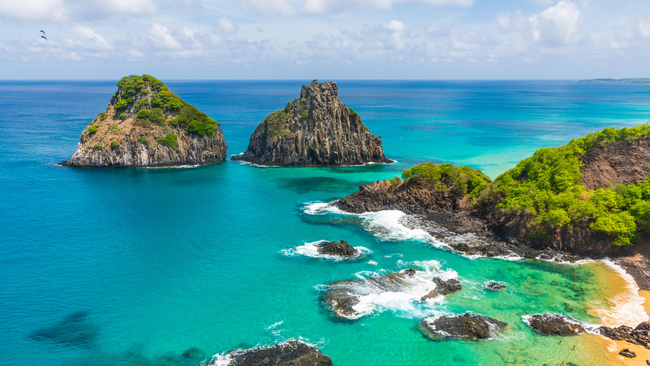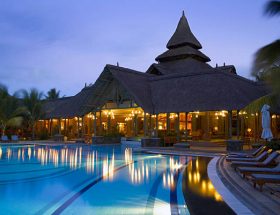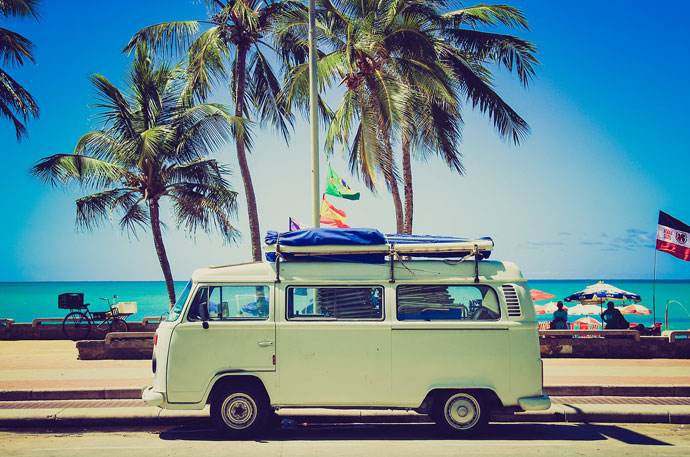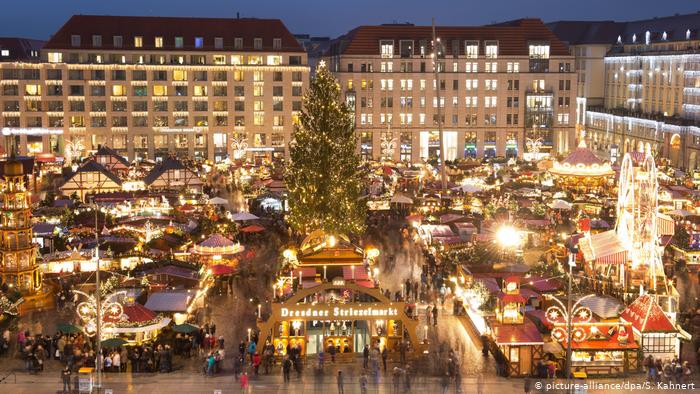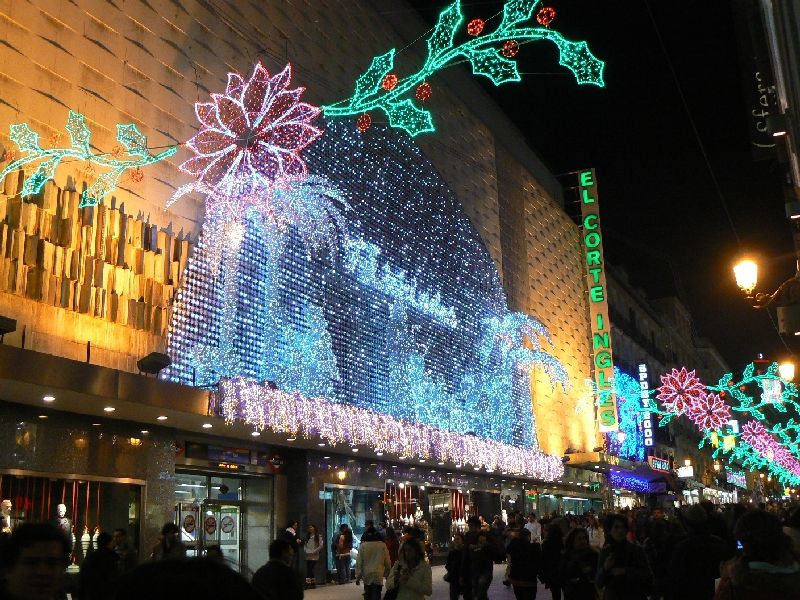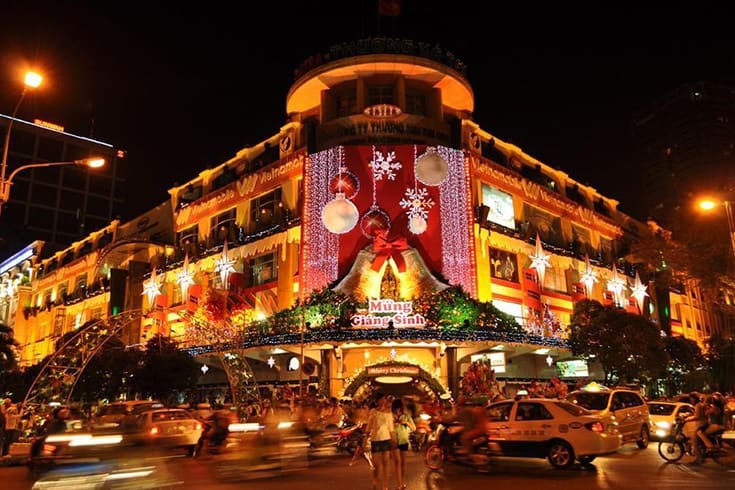Fernando de Noronha, a volcanic archipelago located 350 km off Brazil’s northeast coast. It is named after the largest island, which is a protected marine park and ecological sanctuary. The area has a jagged coastline with diverse ecosystems.
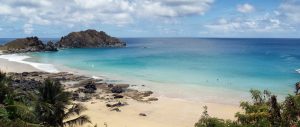
It is known for its undeveloped beaches and for scuba diving. It is home to many species of sea turtles, including dolphins, sharks, and rays. During our recent trip to Brazil, the idea of visiting this beautiful island came up. Many locals confirmed that Fernando de Noronha is worth a visit. So we packed our bags and took a ride to the beautiful volcanic island.
A Complete Guide to Paradise – the Fernando de Noronha Archipelago
Fernando de Noronha: An archipelago in Brazil
The archipelago is not connected to the mainland. It is a tip of a submarine volcanic form that rises from the seabed. It consists of one island, several rocks, and islets. There are many natural aquaria formed by the rocks, and the diversity of underwater life is remarkable. The South Atlantic reefs are separated from the Caribbean by the outflows of the Amazon and Orinoco rivers. This results in a variety of reef communities with many endemic species. The waters surrounding the islands are bathed in currents from Africa. They have excellent visibility at 50 meters, and they enjoy warm temperatures all year. You can also spot large “global” species like manta Rays, sharks and moray eels as well as goliath groupers, moray eels, sea turtles, dolphins, and manta rays. It is also home of one of the largest colonies of seabird breeding birds in the South Atlantic.
Fernando de Noronha, an archipelago in Brazil
History of Fernando de Noronha
Amerigo Venspucci (1512-1454), an Italian merchant and cartographer, discovered the archipelago. It is located 4 degrees south from the Equator, approximately 200 miles north of the city of Natal. Fernando de Noronha was temporarily occupied during its 500-year history by the Dutch (17th Century), French (18th Century) and Portugal (1737). The defense system was built up with 10 forts. The largest and best conserved fortress is Nossa Senhora dos Remedios de Fernando de Noronha. It was also used as a US Army base and prison. The island’s population is now approximately 3.500. Tourism is the main industry.
Fernando de Noronha, an ecological sanctuary that is unique in its own right, is a UNESCO World Heritage Site. A large portion of the area is a National Marine Park. It also has some of the most beautiful beaches. The top three beaches in Brazil are Leao, Porcos, and Sancho. Due to the small size of the island and its fragile ecosystem, a maximum of 460 people are allowed. The Environmental Preservation Tax is also payable by visitors. It increases with each visit. Fernando de Noronha is a very expensive place due to its isolation from the mainland, restrictions on visitors and preservation. The island paradise and its amazing underwater world will delight the “happy few”.

